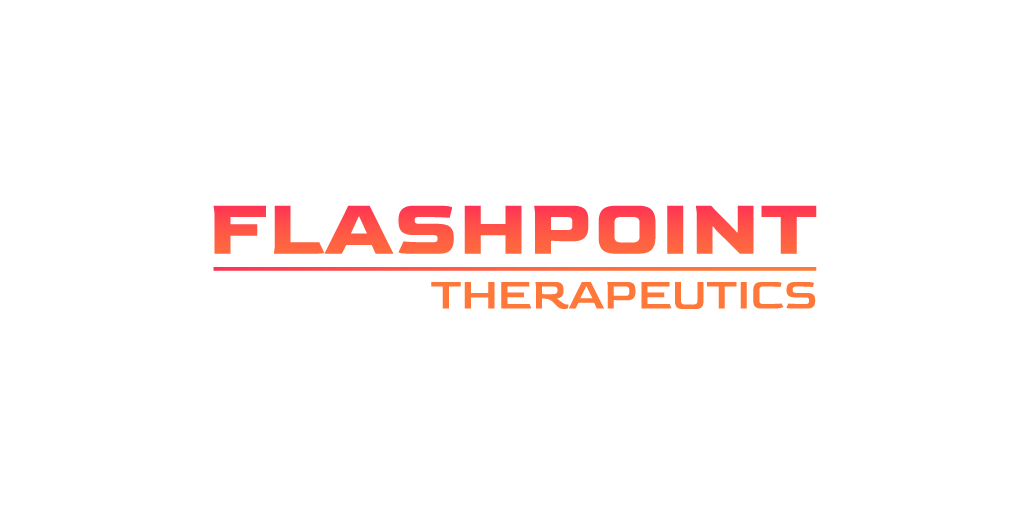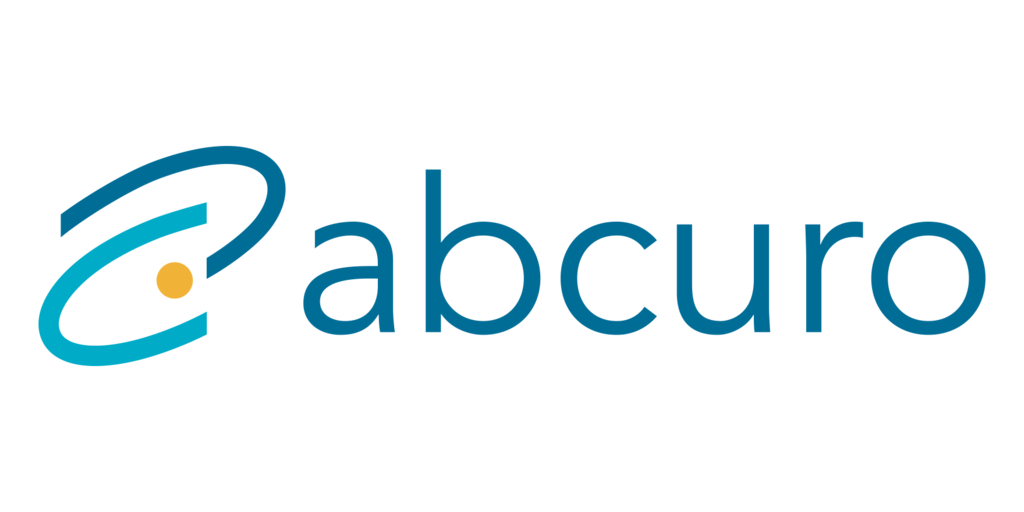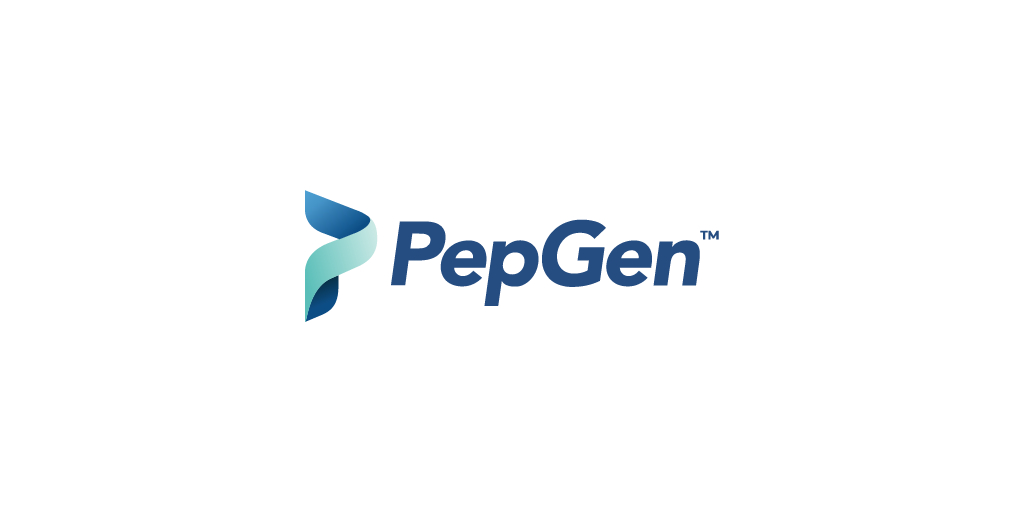Oncolytics Biotech® Reschedules Special Meeting of Shareholders to Change Jurisdiction of Incorporation to Nevada
Oncolytics Biotech® Reschedules Special Meeting of Shareholders to Change Jurisdiction of Incorporation to Nevada
SAN DIEGO–(BUSINESS WIRE)–Oncolytics Biotech® Inc. (Nasdaq: ONCY) (“Oncolytics” or the “Company”), a clinical-stage immunotherapy company developing pelareorep, today announced it has filed an amended registration statement on Form F-4 (the “Registration Statement”) with the Securities and Exchange Commission (the “SEC”) that includes a management circular/prospectus and other relevant documents related to various proposals contained therein, and that the Registration Statement has been declared effective by the SEC. The Company has rescheduled its special meeting of shareholders (the “Special Meeting”), as described in previous news releases, to January 15, 2026 at 10:00 a.m. (Eastern Time). The record date for shareholders entitled to attend and vote at the Special Meeting is December 9, 2025.
The Special Meeting will be held to vote on, among other things, a series of transactions that will change the jurisdiction of Oncolytics from the Province of Alberta in Canada to the State of Nevada in the United States of America (the “Domestication”). In order to facilitate the Domestication, the Company expects to, prior to the Domestication, continue its existence from the Province of Alberta to the Province of British Columbia (the “Continuance”). The Continuance and the Domestication require approval by the affirmative vote of not less than two-thirds of the votes cast at the Special Meeting by proxy or in person. If approved, the Domestication is expected to occur on or around April 1, 2026. There are not expected to be any material changes to the Company’s operations or financial results as a result of the Continuance or Domestication. The Company will continue to be subject to SEC reporting requirements and, as applicable, Canadian securities laws, and its common equity securities will continue to trade on the Nasdaq Capital Market under the symbol “ONCY.” In connection with the Domestication, shareholders will also be asked to vote on a proposal approving a new incentive award plan.
The Domestication is intended to reduce the regulatory burden and cost of being subject to the laws and regulations of both the United States and Canada and to facilitate shareholder value creation over the long term by, among other things, reducing operating costs and enabling the Company to compete effectively in raising the capital necessary to continue to implement the strategic plan. In addition, most of the Company’s operations are located in the United States, and a large percentage of shareholders are located in the United States. Oncolytics chose the State of Nevada to be the proposed domicile because of its favorable corporate environment and because the Nevada Revised Statutes expressly accommodate a continuance authorized by the Business Corporations Act (British Columbia). Canadian income tax liability considerations were taken into account as well.
Additional details about the Special Meeting and proposals are included in the Registration Statement and in the definitive management circular/prospectus filed with the SEC, as well the Company’s other definitive meeting materials, each of which will be distributed to shareholders eligible to vote at the Special Meeting and in relevant regulatory filings. The Company encourages all shareholders to review this information when it is available.
About Oncolytics Biotech Inc.
Oncolytics is a clinical-stage biotechnology company developing pelareorep, an investigational intravenously delivered double-stranded RNA immunotherapeutic agent. Pelareorep has demonstrated encouraging results in multiple first-line pancreatic cancer studies, two randomized Phase 2 studies in metastatic breast cancer, and early-phase studies in anal and colorectal cancer. It is designed to induce anti-cancer immune responses by converting immunologically “cold” tumors “hot” through the activation of innate and adaptive immune responses.
The Company is advancing pelareorep in combination with chemotherapy and/or checkpoint inhibitors in metastatic pancreatic and breast cancers, of which both development programs have received Fast Track designation from the FDA, and other gastrointestinal tumors. Oncolytics is actively pursuing strategic partnerships to accelerate development and maximize commercial impact. For more about Oncolytics, please visit: www.oncolyticsbiotech.com or follow the Company on social media on LinkedIn and on X @oncolytics.
Additional Information and Where to Find It
The Company has filed the Registration Statement, a definitive management circular/prospectus and other relevant documents in connection with the proposed Continuance and Domestication. ONCOLYTICS SHAREHOLDERS ARE URGED TO READ CAREFULLY THESE DOCUMENTS, WHEN FILED AND MAILED, BECAUSE THEY CONTAIN AND WILL CONTAIN IMPORTANT INFORMATION ABOUT THE PROPOSED CONTINUANCE AND DOMESTICATION. Investors may obtain a free copy of the management circular/prospectus and other filings containing information about Oncolytics and the proposed Continuance and Domestication from the SEC at the SEC’s website at http://www.sec.gov. In addition, copies of the management circular/prospectus and other filings containing information about Oncolytics and the proposed Continuance and Domestication can be obtained without charge by directing a request to Oncolytics Biotech Inc., Suite 804, 322 11th Avenue SW, Calgary, Alberta T2R 0C5 (telephone (403) 670-7377) or accessing them on the Company’s corporate website at www.oncolyticsbiotech.com.
Oncolytics, its directors, executive officers, certain other members of management and employees may be deemed to be participants in the solicitation of proxies from the shareholders of Oncolytics in favor of the proposed Continuance and Domestication. In addition, Oncolytics has engaged Laurel Hill Advisory Group to aid in the solicitation of proxies for the Special Meeting, and Laurel Hill Advisory Group may solicit proxies by personal interview, mail, telephone, facsimile, email or otherwise. Oncolytics will pay Laurel Hill Advisory Group approximately CAD $35,000 for its proxy solicitation services, plus reasonable out-of-pocket expenses incurred in the process of soliciting proxies. Solicitations also may be made by mail, email, personal interview, telephone or other electronic transmission by directors, officers and other employees of Oncolytics without additional compensation.
Additional information regarding the interests of potential participants in the proxy solicitation is included in the management circular/prospectus and other relevant documents that the Company has filed and intends to file with the SEC in connection with the Special Meeting.
Forward-looking statements
This press release contains forward-looking statements, within the meaning of Section 21E of the U.S. Securities Exchange Act of 1934, as amended, and forward-looking information under applicable Canadian securities laws (such forward-looking statements and forward-looking information are collectively referred to herein as “forward-looking statements”). Forward-looking statements contained in this press release include statements regarding the Company’s intention to hold a special meeting of shareholders to vote on, among other things, the Continuance, Domestication, and new incentive award plan, including the timing of the special meeting; the timing, implementation and adoption of the Continuance, Domestication, and new incentive award plan; the anticipated benefits of the Continuance and the Domestication; beliefs as to the potential, registration, mechanism of action and benefits of pelareorep as a cancer therapeutic; Oncolytics’ plan to continue actively pursuing strategic partnerships; its goals, strategies and objectives; and its belief in the clinical promise of pelareorep in metastatic pancreatic and other gastrointestinal cancers. In any forward-looking statement in which Oncolytics expresses an expectation or belief as to future results, such expectations or beliefs are expressed in good faith and are believed to have a reasonable basis, but there can be no assurance that the statement or expectation or belief will be achieved. These statements involve known and unknown risks and uncertainties that may cause actual results to differ materially from those anticipated. These risks include, but are not limited to, regulatory outcomes, trial execution, financial resources, access to capital markets, market dynamics and the impact of any prolonged shutdown of the U.S. government. Please refer to Oncolytics’ public filings with securities regulators in the United States and Canada for more information. The Company assumes no obligation to update forward-looking statements, except as required by law.
Contacts
Company Contact
Jon Patton
Director of IR & Communication
jpatton@oncolytics.ca
Investor Relations for Oncolytics
Mike Moyer
LifeSci Advisors
+1-617-308-4306
mmoyer@lifesciadvisors.com
Media Contact for Oncolytics
Owen Blaschak
LifeSci Communications
oblaschak@lifescicomms.com

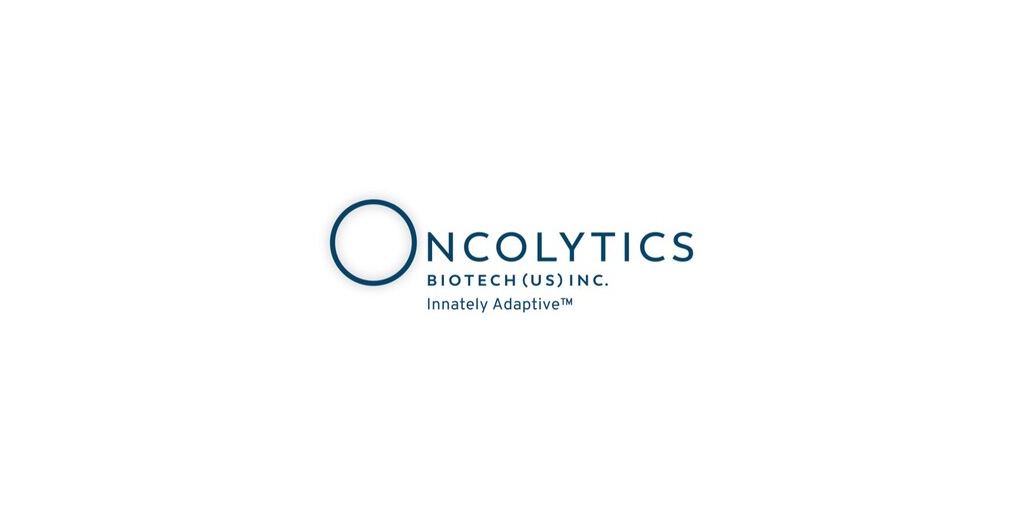.jpg)
.jpg)


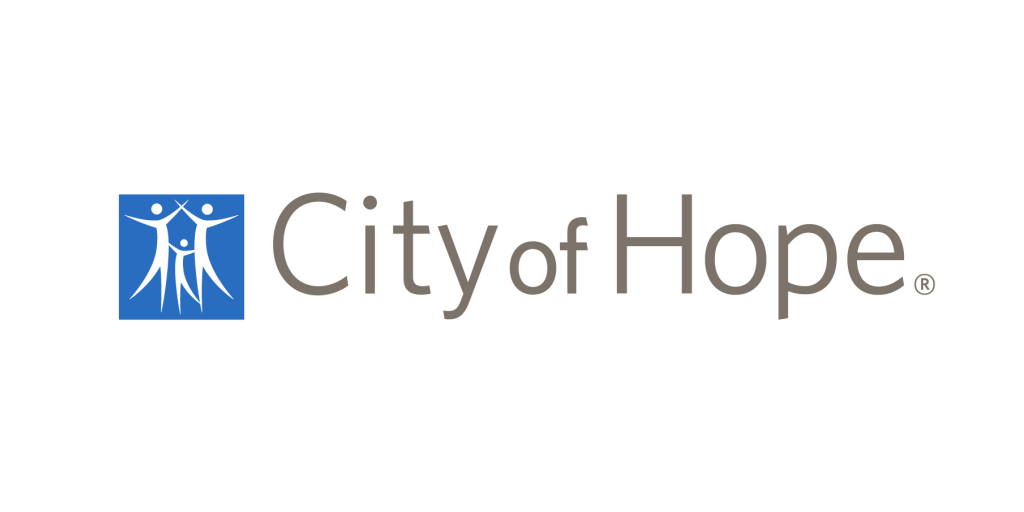

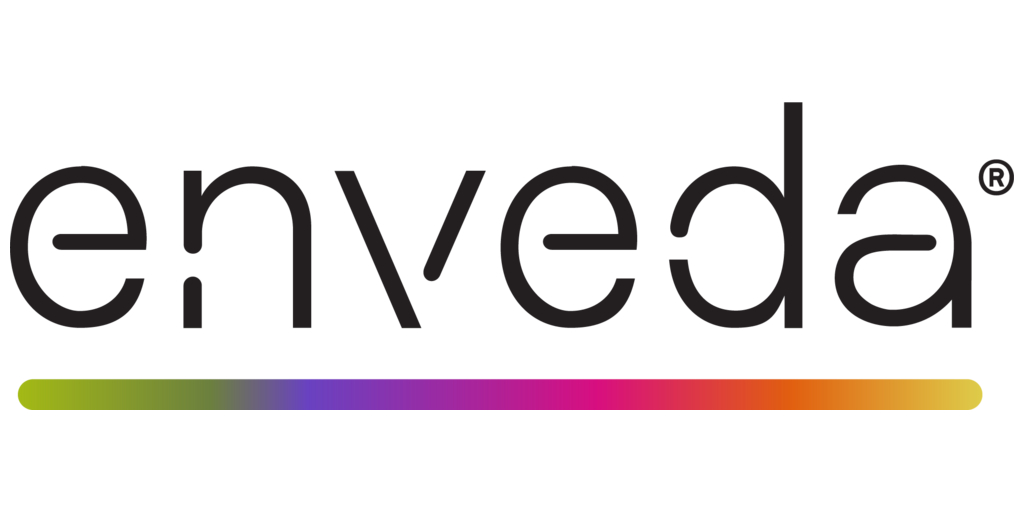


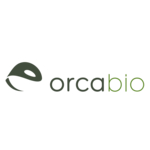
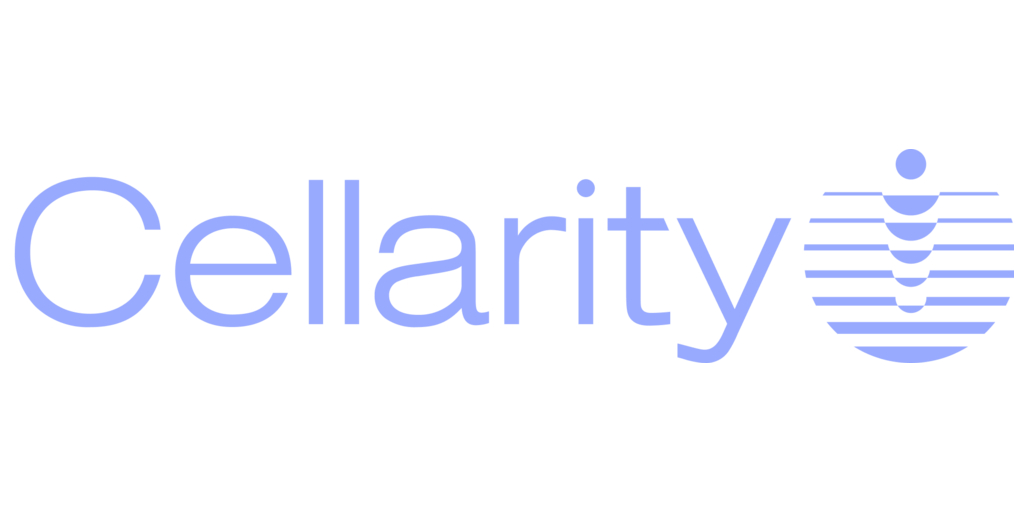

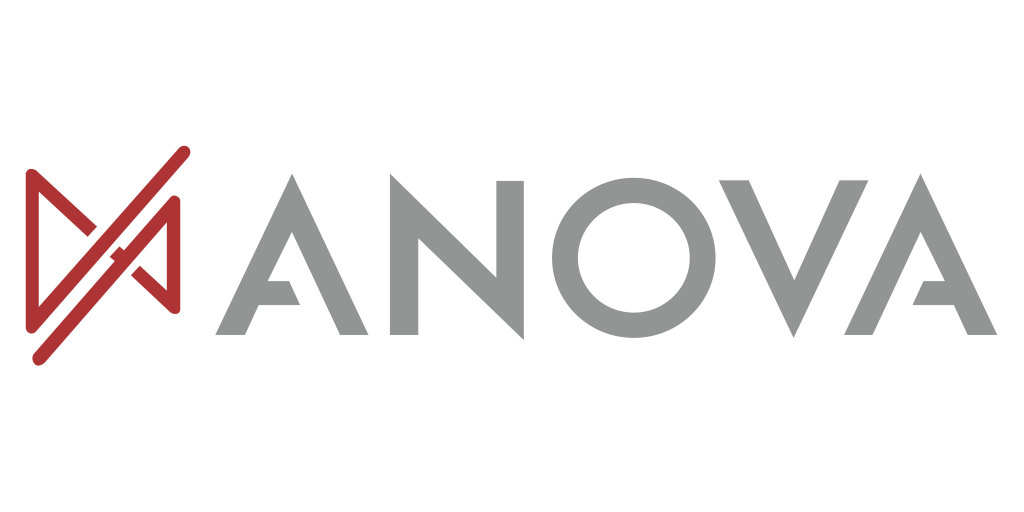-01.jpg)
-01.jpg)
